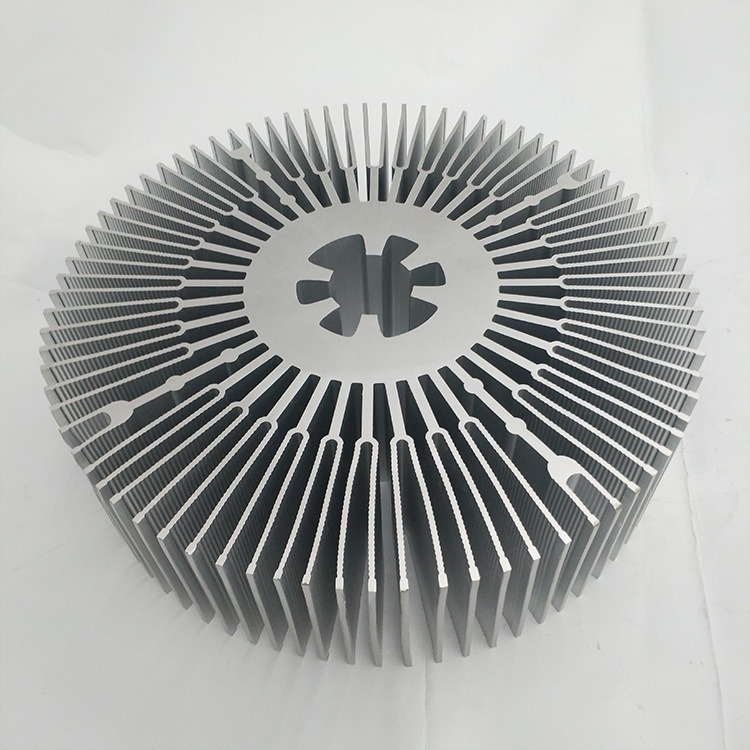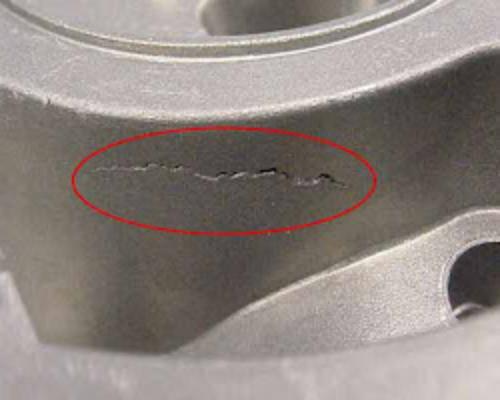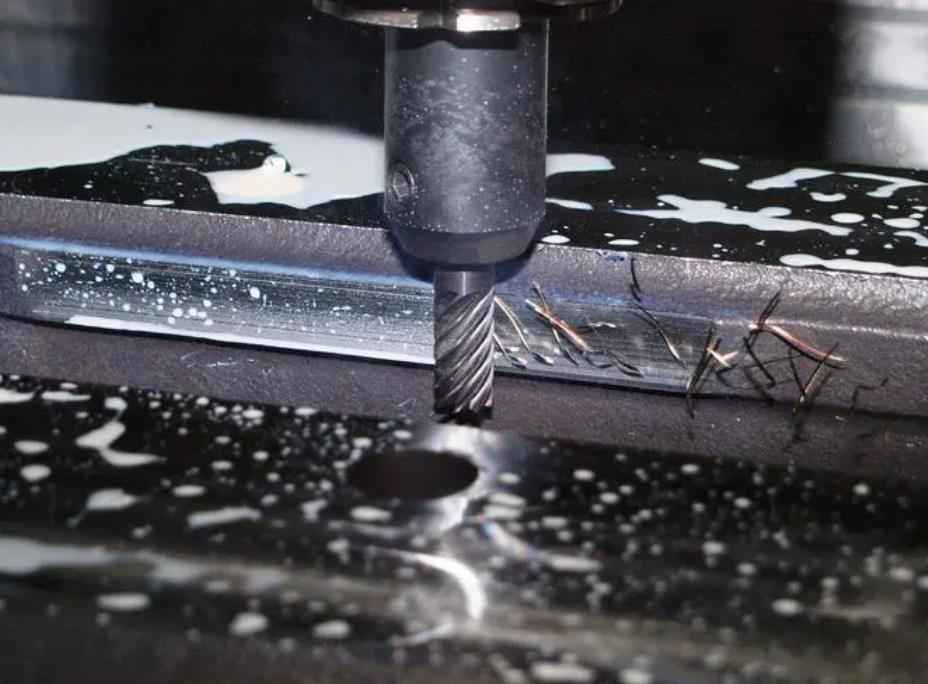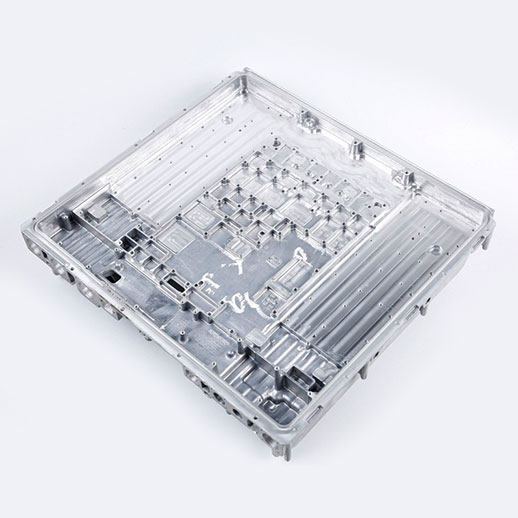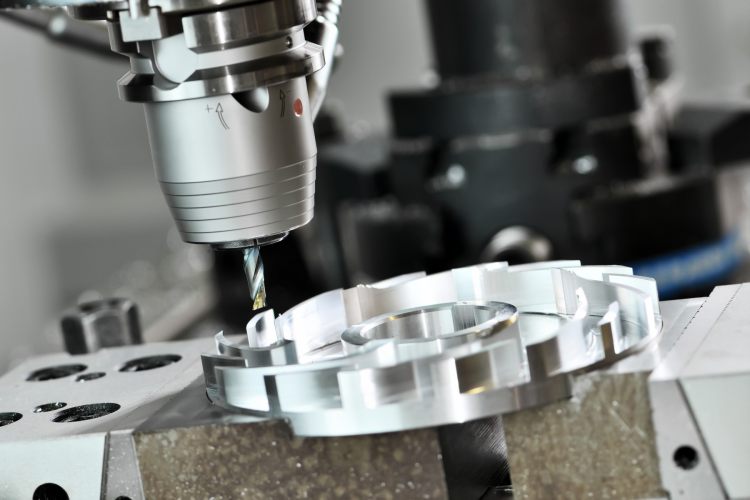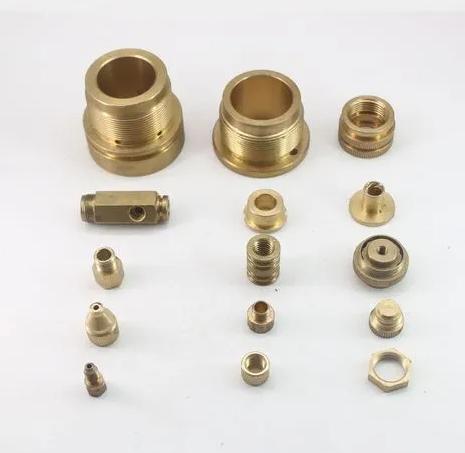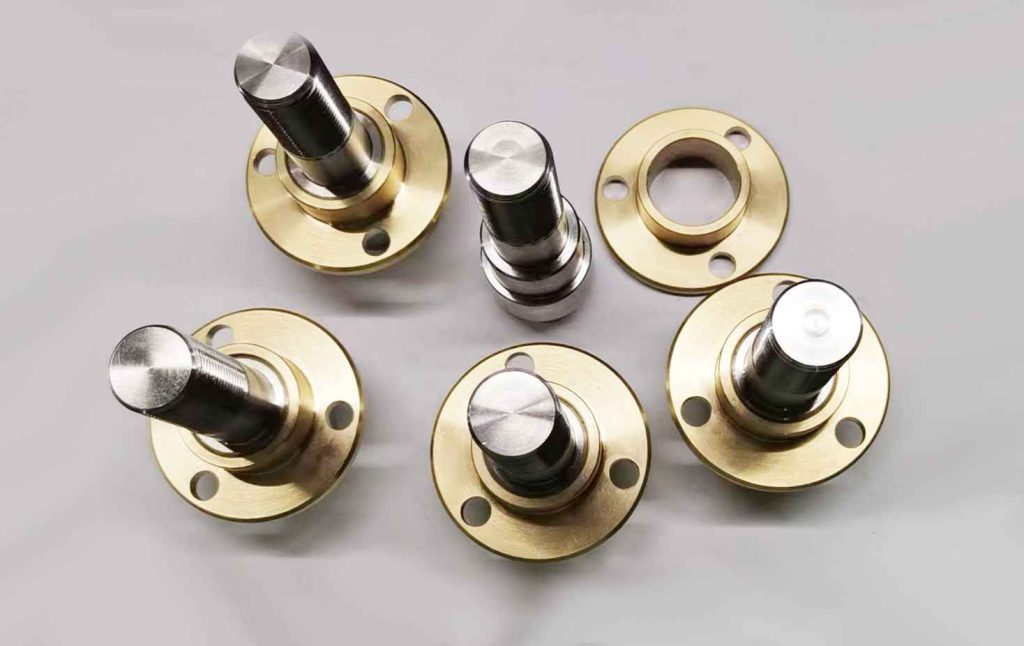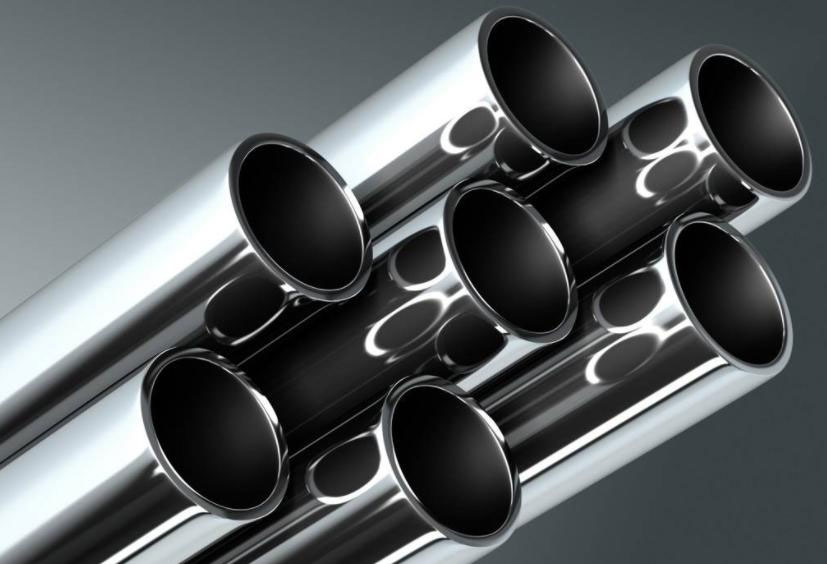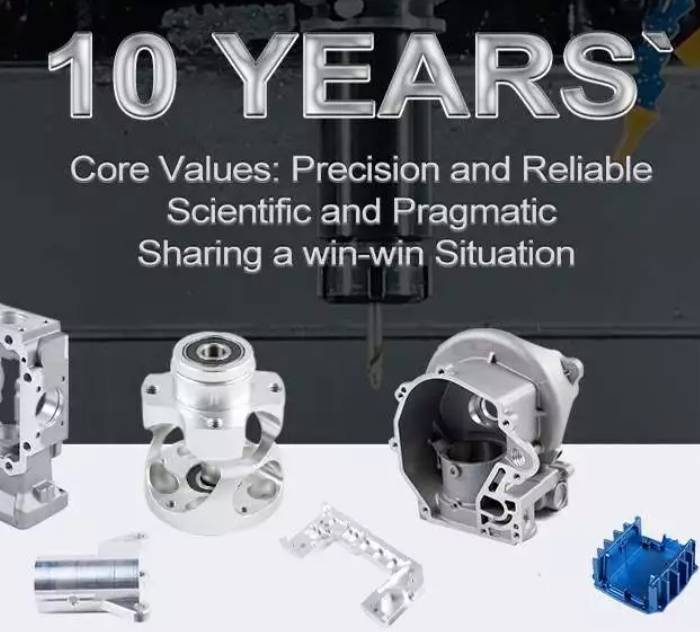In the world of manufacturing and engineering, precision is paramount. Whether you’re crafting intricate aerospace components, automotive parts, or electronic enclosures, achieving high precision in CNC (Computer Numerical Control) machining is essential. When it comes to working with aluminum, a versatile and commonly used material, there are specific techniques and considerations that can help you achieve the level of precision necessary for success. In this article, we’ll explore the key steps and strategies to achieve high-precision CNC machining in aluminum parts.
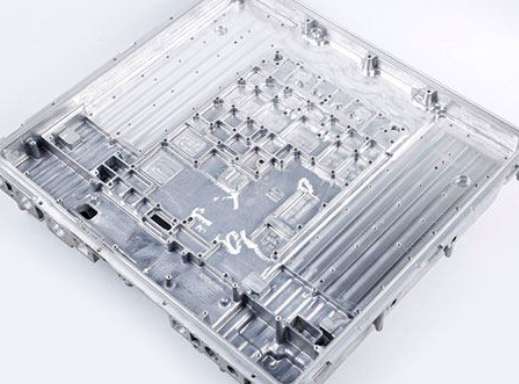
1. Material Selection
The choice of aluminum alloy is the foundation of precision CNC machining. Various aluminum alloys have different mechanical properties and characteristics. For precision machining, alloys such as 6061 and 7075 are commonly used due to their excellent machinability and high strength-to-weight ratio. Your choice should align with the specific requirements of your project.
2. Tool Selection
Selecting the right cutting tools is crucial. Carbide and high-speed steel (HSS) tools are popular choices for aluminum machining due to their durability and precision. Additionally, the selection of tool coatings like TiN, TiCN, or TiAlN can enhance tool life and performance. Proper tool geometry and sharpness are essential to ensure clean cuts and reduce the risk of chatter or deflection.
3. Speeds and Feeds
Optimal cutting speeds and feeds are essential for precision CNC machining. Aluminum has a lower thermal conductivity than many other metals, so it can be sensitive to heat buildup during machining. Maintaining the right balance of spindle speed and feed rate is critical to prevent overheating and tool wear. Cutting speeds should be moderate, and chip evacuation should be efficient to maintain the precision of your parts.
4. Rigorous Workholding
Secure work-holding setups are essential to minimize vibrations and ensure consistent precision. Precision vises, fixtures, or custom clamping solutions are often used to hold aluminum parts securely in place. Ensuring that your workpiece is properly fixtured can reduce the risk of movement and unwanted deviations during machining.
5. Toolpath Optimization
CNC machining relies heavily on computer-generated tool paths. Efficient toolpath planning not only saves time but also enhances precision. Software such as CAM (Computer-Aided Manufacturing) systems can help you generate optimized tool paths that minimize tool changes and keep cutting forces consistent, resulting in higher precision.
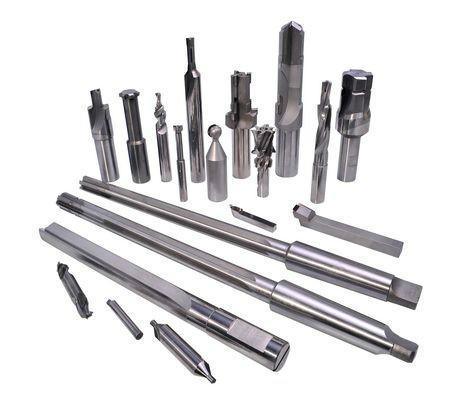
6. Coolant and Lubrication
Coolant or lubricant plays a vital role in aluminum machining. It helps to dissipate heat and improve chip evacuation while reducing the risk of built-up edge on the cutting tools. It is important to select the right type of coolant or lubrication for your specific machining operation and to ensure that it is delivered effectively to the cutting zone.
7. Rigorous Inspection
Quality control is at the heart of precision machining. Achieving high precision in aluminum CNC parts often involves working with tight tolerances. Regular inspection and measurement using tools like micrometers, calipers, and CMMs (Coordinate Measuring Machines) are essential to confirm that parts meet the desired specifications. Inspecting during and after machining ensures that any deviations from the design are identified and corrected promptly.
8. Ongoing Maintenance
Maintaining your CNC machine and cutting tools is an often overlooked aspect of precision machining. Regular maintenance, tool changes, and spindle calibration are necessary to keep your machine in top working condition.
9. Operator Skill and Training
The skill and experience of the CNC operator play a significant role in achieving high precision. Proper training and ongoing education for your machining team can lead to better results and the ability to troubleshoot any issues that may arise during the machining process.
Conclusion
In conclusion, achieving high-precision CNC machining in aluminum parts is a combination of material selection, tooling, machining parameters, work holding, toolpath optimization, lubrication, inspection, maintenance, and skilled operators. By carefully considering these factors and continuously refining your processes, you can produce aluminum parts that meet the most demanding precision requirements in various industries. If you need precision CNC machining services, please feel free to contact JTR. Precision CNC machining is not just a science; it’s an art that combines knowledge, experience, and meticulous attention to detail.


